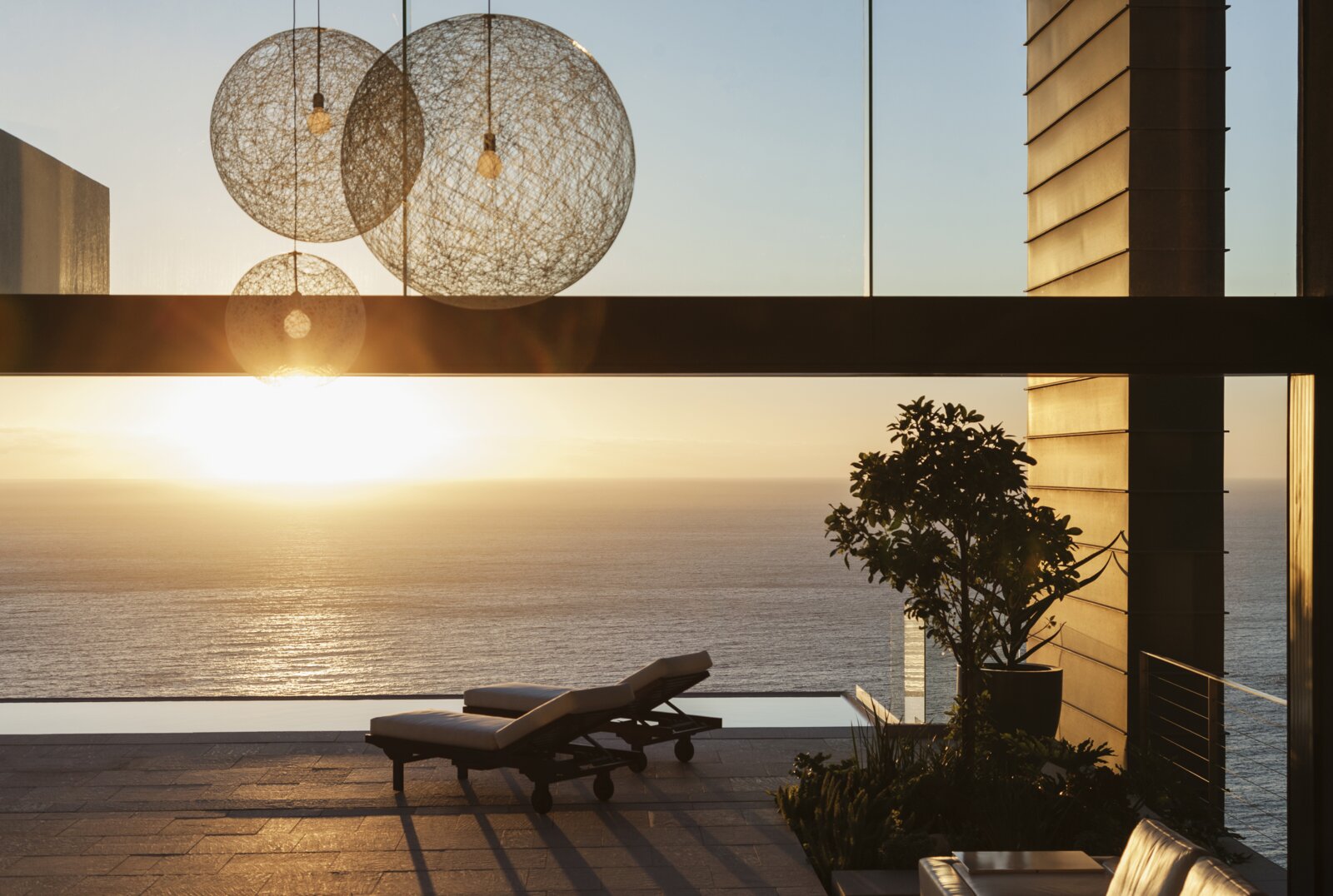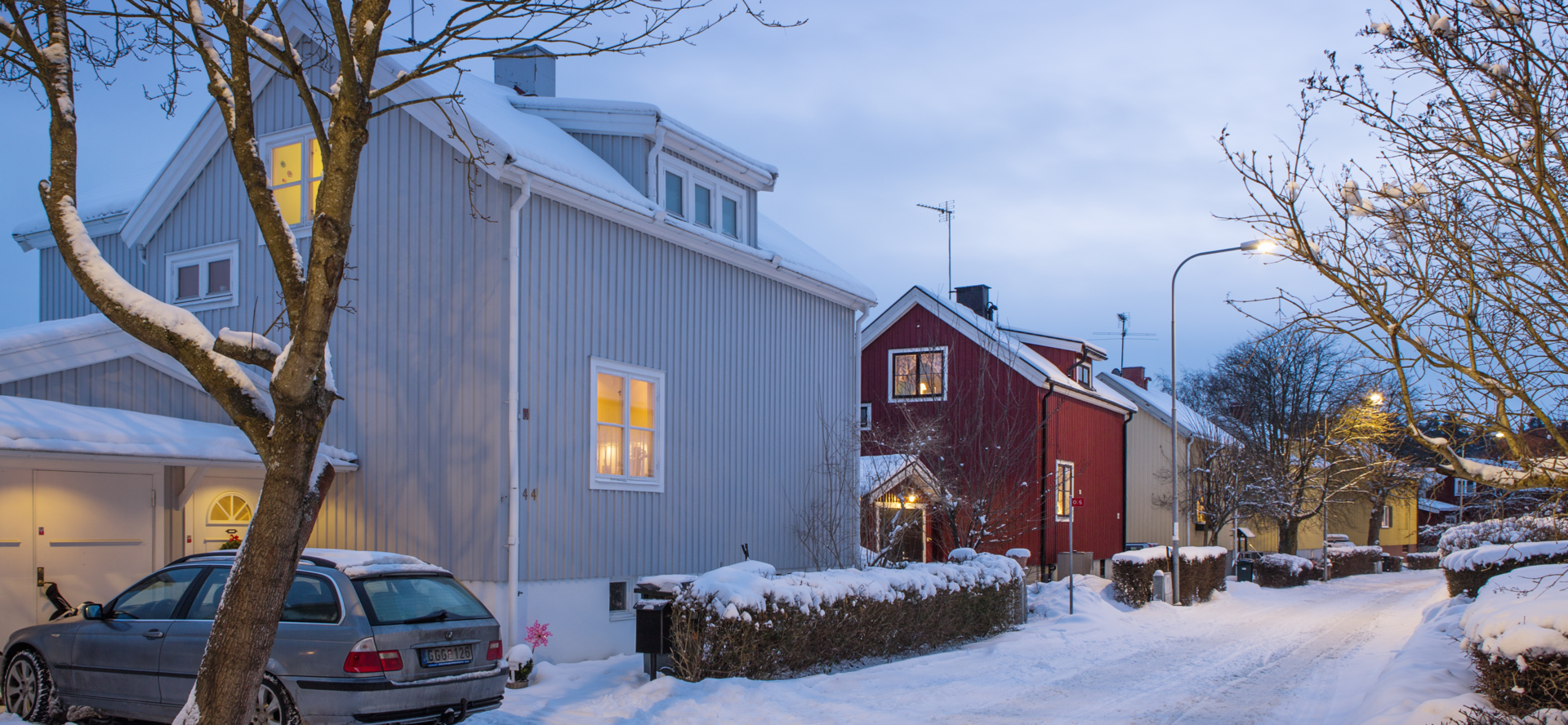
There’s far more to lighting design than first meets the eye. Both culture and geography strongly influence preferences from north to south. Award-winning lighting designer Chiara Carucci takes us on a journey.
Have your ever arrived in Italy or Spain at night and wondered if anyone is home? With shutters pulled down over windows and doors, it can leave you wondering where everybody is! In contrast, households in northern Europe tend to glow at night, giving those passing by a glimpse of life inside. This fundamental difference was one of the first things that lighting designer Chiara Carucci noticed when she moved from Milan to Stockholm just over a year ago.
As an expert in lighting design for cultural heritage, Ms. Carucci has traveled the world with her work and gained a strong international profile. She was recently listed as one of the most influential designers under the age of 40 at the Lighting Design Awards in London. “When working in different countries, you quickly to detect variations in the style, use and purpose of lighting between places,” she says. The impact that cultural background and natural environment have on lighting choices fascinates and inspires her every day. Her insights explain many things around us that we have perhaps never noticed before…
For Carucci, it’s all about daylight. Not only its intensity, but also the way in which people experience its patterns and rhythms: “Perceptions of daylight and how people relate to light can make our decisions as lighting designers differ between countries.” The duration of sunrise and sunset, the colors that natural light creates and the elevation of the sun in the sky can all play a role in the way people become familiar with light. “Lighting designers understand the vision and the complex processes that are triggered in the mind, including comparison to expectations and former experiences. The first step is therefore to understand the differences that latitude presents,” she explains.

One such example is the example is the use of shadows, particularly when lighting façades and public areas. “In Sweden, where the low sun often creates long shadows, it is common to incorporate them into designs, perhaps by beaming light through trees.” Further south however, where the vertical inclination of the sun means people are used to more direct light, this would be unthinkable: “In Italy I remember spending an entire night trying to make sure there were very few shadows on the façade of a building!”
Contrasts also exist when it comes to the use of color. The further north you travel, the longer the blue hour – the period of twilight and dusk where indirect light results in a blue hue. In Scandinavia this can last for up to 2 hours; in the south of Europe sometimes just a few minutes. Therefore, people in the north are more familiar with colorful skies. “In my opinion, the aurora borealis – the Northern Lights – also allow people in Nordic countries to understand and appreciate the dynamics of color temperature and the delicate use of colored lights much more than in the south of Europe.” The result: in Scandinavia colored lights are accepted in some public spaces, further south they are reserved for festivals.

Lighting choices can also be about need. In the north of Europe, lighting preferences commonly reflect the amount of time people spend indoors, particularly during winter. “There is a totally different perception of the interior as you move across the world,” Carucci explains. In Sweden for example, light fittings are often placed very close to the windows, such as a table light or a suspended lamp, to create a feeling of light coming in from outside. As with many places, cozy and warm lighting is popular during cold months, but what differs in Nordic countries is the appreciation for different layers of light. “Light is not just for decoration; it is an important feature of the living environment.” Further south, the sun is often so bright that interior lighting has to be brighter still. This is particularly the case in shops. It is also common to cover windows the further south you go, especially in the summer months to prevent too much heat coming in. It helps the siesta, too.
According to Carucci, lighting design is not only about the built environment, but also about emotions. “Designers interpret feelings and convey them in a room through light,” she explains. “Light is a medium to enhance people’s everyday life, it contributes greatly to the sense of well-being.” Respecting the complexity of her profession, she will always consult with her colleagues if working in a place that is unfamiliar, from engineers and physicists, to experts in economy, communication and culture. “Combining these diversified skills forms the perfect balance between function, aesthetics and respect for the environment,” she adds.
For Carucci, lighting design is “the holistic discipline.” Being a good designer means mastering or referring to a huge number of topics , from history to sociology. Interestingly she says that despite considering this huge diversity of factors in all her projects, she rarely mentions them all when explaining her design ideas. “It can be hard to find a common vocabulary on all the different aspects involved,” she says, “I would rather tell the story behind the design and therefore inspire and challenge my clients!” So next time you travel, why not take a look at some of the dissimilarities to home and see how many of them you can explain?
Chiara Carucci has long been interested in light. One of her earliest memories is telling her mother at the age of five that she wanted to design the “luminarie” lights that decorate cities in Italy during festivals. Today she has a strong international profile in the world of lighting design and works hard to raise awareness of the profession. As part of the UNESCO International Year of Light 2015, she launched a successful campaign to get lighting associations from different countries to work together and boost industry recognition. Having worked in Milan for many years, she is now based in Stockholm, working as a lighting designer at ÅF Lighting.